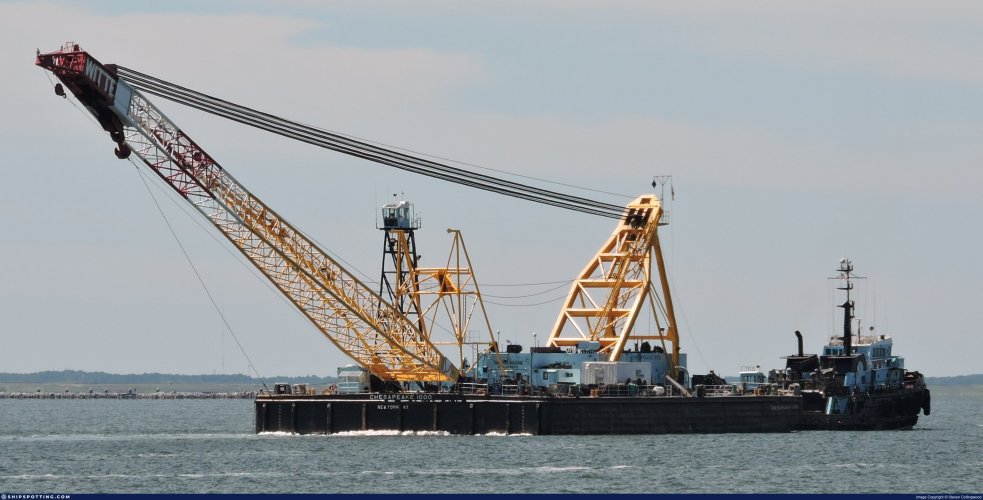kbasa
Well-known member
I'd say that 50 years is an adequate amount of time for a chunk of infrastructure to get outdated. IIRC, 93 in Boston was built in the 50s and was outdated by the early 90s. The Bay Bridge in SF was built in the 30s and the quake in 89 revealed its lack of seismic preparation.Now…..different media outlets are pontificating about how “outdated bridge design” contributed to the the bridge disaster.
Has there ever been a road or road structure that wasn’t outdated by the time it was completed?
Guess they have to print something.
OM
I think that in this case, you might note the difference in the protective systems around the lights as compared to the bridge. They were clearly erected later, with different standards for protection from ships. The dolphins around the bridge were made for a time when ships were smaller and the dolphins around the lights were completed more recently, with more robust protection. I think that's just one indication of how design has changed over time to accommodate changes in vessels.
The answer to your question, I think is "no" and I think the larger question should be "at what point does the old stuff need to come down or get modified to current standards because it's not current technology?"
No structure has an infinite lifespan, least of all public infrastructure. We've found out here in California what happens when a power company can't be bothered to check their transmission infrastructure - it's burned big chunks of the state down and rendered thousands without a home. And just to add insult to injury, they're now jacking our rates up to pay for it.
Infrastructure isn't ever going to be permanent, but I think the notion that it's "outdated by the time it's completed" isn't very true.
Stop it. Conspiracy theories are not helpful. The ship was under control of a harbor pilot and it had a power failure and hit one of the piers holding it up. It's not complicated.Turns out the Captain of the ship is a resident of Ukraine. The plot thickens...






